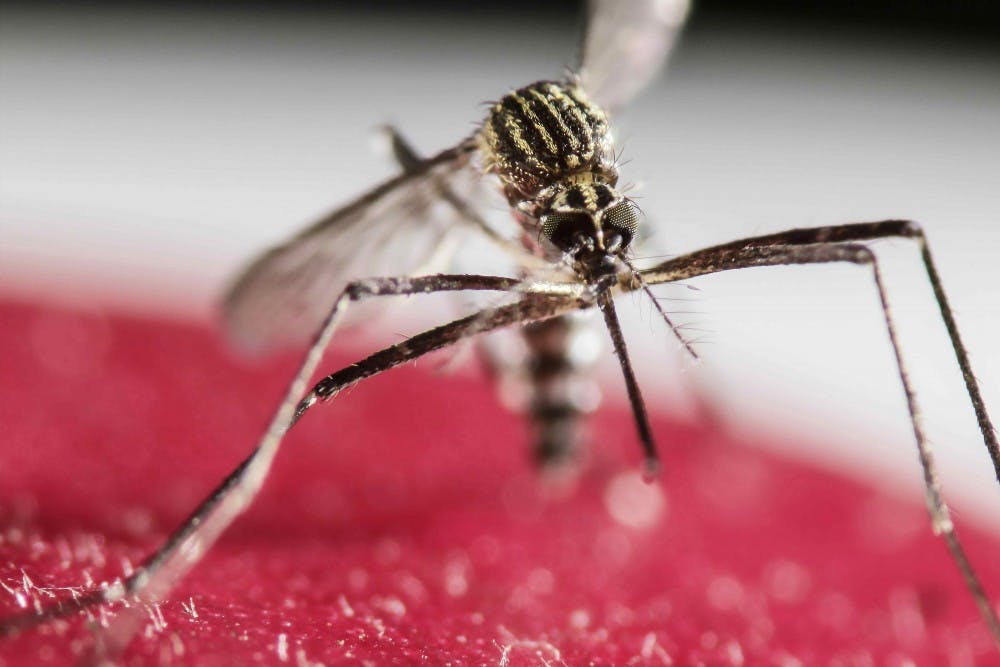Malaria affected 216 million people in 2016, and most of the cases and deaths occurred in sub-Saharan Africa.
While scientists have spent years searching for a vaccine, a lab in Terni, Italy, has taken a different approach: genetic modification.
The ultimate goal is to release these genetically modified mosquitoes into areas affected by malaria in order to reduce mosquito populations overall. Certainly, many people have fears about unintended consequences of such an action and are calling for a shutdown to the research altogether.
However, that would be exceedingly drastic. Instead, the researchers must proceed with extreme caution, in an open and transparent way, to ensure they are acting ethically and responsibly in this endeavor.
Just last month, the Italian team released a large number of genetically modified male mosquitoes into a high-security lab. They will spend about a year studying how the modification spreads through the population.
The male mosquitoes each carry one copy of a gene that disrupts fertility, but they remain unaffected. When they mate with unmodified females, all of their offspring, both males and females, will now possess one copy of this modified gene.
Typically, only half of the mosquito offspring would receive a copy of the gene. However, these scientists are taking advantage of a powerful new tool called a gene drive, which accelerates the passing of traits to offspring.
When females and males both have a copy of the modification and mate, all of their offspring will inherit two copies. The key is this: Females with two copies cannot bite or reproduce.
Recent London experiments, in which genetically modified males were released into small cages of females, resulted in the mosquito populations crashing after seven to eleven generations, or just six months.
This new lab seeks to mimic the mosquitoes’ natural African habitat more closely. It contains shelter and contrasting colors that encourage mating. Additionally, a computer works the lights to simulate sunset at the appropriate time, which is when breeding occurs.
It’s reasonable to be skeptical of such new, powerful technologies, but for the time being, it appears researchers are proceeding carefully, saying it would be years before they considered releasing genetically modified mosquitoes into the wild.
Other organizations have not been so cautious. The biotechnology company Oxitec, for example, gave little warning to the scientific community before releasing their own version of mosquitoes into the island of Grand Cayman.
The company claims it got the consent of the island’s residents, but clearly they acted too soon.
The Italian researchers are part of the Target Malaria project funded by the Bill and Melinda Gates Foundation, and appear much more responsible than the Oxitec team. They want to do more to address unanswered questions.
One point of opposition is that eradicating mosquitoes, who act as both food and pollinators, would have a terrible ecological impact. However, the particular species the Italian scientists are researching, Anopheles gambiae, is not known to be a keystone species, so removing it would not significantly affect the food chain or pollination. There are hundreds of other types of mosquitoes that play a similar role.
Other people wonder if the mutation could spread to other mosquito species through interbreeding, but scientists say mating between species would be rare. This is also something they are still studying.
Ultimately, it’s an endeavor that holds great potential for good, and bad, results. Still it appears that these researchers are moving slowly enough to gain a better understanding of their work before they decide to release their mosquitoes into the wild, if ever. And that’s how it should be done.






